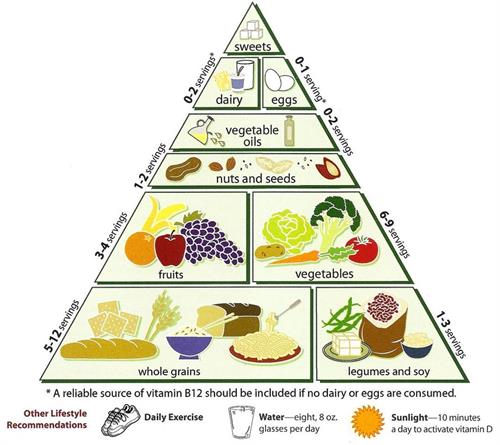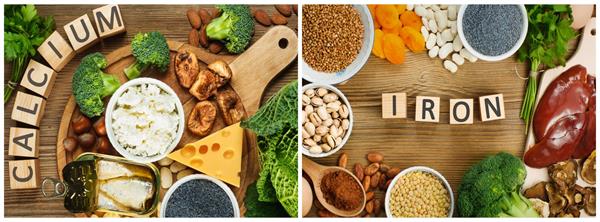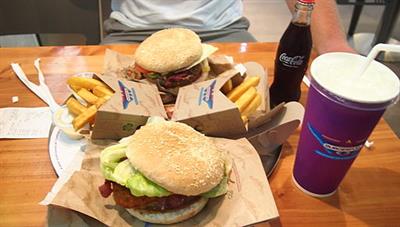
PUMPA - SMART LEARNING
எங்கள் ஆசிரியர்களுடன் 1-ஆன்-1 ஆலோசனை நேரத்தைப் பெறுங்கள். டாப்பர் ஆவதற்கு நாங்கள் பயிற்சி அளிப்போம்
Book Free DemoAdolescence is the stage where there is rapid growth and development. Thus, the adolescent age requires a balanced diet that comprises proteins, carbohydrates, fats, vitamins and essential minerals in the correct proportion.

Food pyramid that depicts the balanced diet
A balanced diet is needed because adolescents' bodies are growing, changing, and developing rapidly. Healthy and nutrition-rich diets are thus required for normal growth, development, and physical activity.
Indian meal consists of roti or rice made from cereals and dal made from pulses, milk, and vegetables, making a complete and balanced meal.
How nutritional deficiency affects adolescence?
1. Retards the physical growth
2. Impairs the intellectual development
3. Delays the sexual maturation
A good amount of proteins and carbohydrates is required for growth. Protein is required for the formation of new cells for growth and development. The cereals provide carbohydrates for energy. Milk, nuts, and meat provide protein for growth. The diet should also include fats like ghee, oil, and butter, giving energy to the body.
Milk is a balanced food by itself. For infants, the mother's milk provides the necessary nourishment required for their growth.
Fruits must also be taken by the adolescents that provide nourishment to them. Fruits and vegetables are called protective foods as they provide vitamins and minerals necessary for good health. These protect the body from many ailments and from falling sick.
Apart from this, the adolescents require the following dietary components:
Minerals
Minerals are required for the body's growth, development and the regulation of normal body function. They help to perform functions like - building strong bones, making hormones and enzymes.
During adolescence, there is an increase in skeletal mass and blood volume. The body thus requires the minerals like calcium, phosphorus, and iron.
Calcium
Calcium is taken in the diets to prevent osteoporosis in their later life. Calcium is present in dairy products like milk, yoghurt, cheese, paneer, green leafy vegetables, nuts, and seeds.
Iodine
Iodine intake helps to prevent thyroid gland related diseases. Iodine is used in the synthesis of thyroid hormones.
Iron
Iron is used in the formation of haemoglobin, required for blood production and brain development. Sources of iron-rich foods include jaggery, red meat, liver, red kidney beans, dates, fish, chicken, nuts, Indian gooseberry (Nelli), and dried fruits like dried apricots. Citrus fruits like oranges and lemons are rich in vitamin C that increases the absorption of iron.

Sources of calcium and iron
Lack of iron in the diet causes anaemia. To make up for the loss of iron, adolescents must have a diet rich in iron. In boys, iron deficiency occurs due to the muscle spurt, whereas in girls, it occurs due to menstruation in addition to the muscle spurt.
Avoid junk food and snacks
Adolescents should avoid chips, canned snacks, soft drinks, and other aerated sodas as they have low nutritional value.

Avoid junk food
Reference:
https://commons.wikimedia.org/wiki/File:Loma_Linda_University_Vegetarian_Food_Pyramid.jpg
https://upload.wikimedia.org/wikipedia/commons/thumb/4/4f/Junk_Food.JPG/512px-Junk_Food.JPG